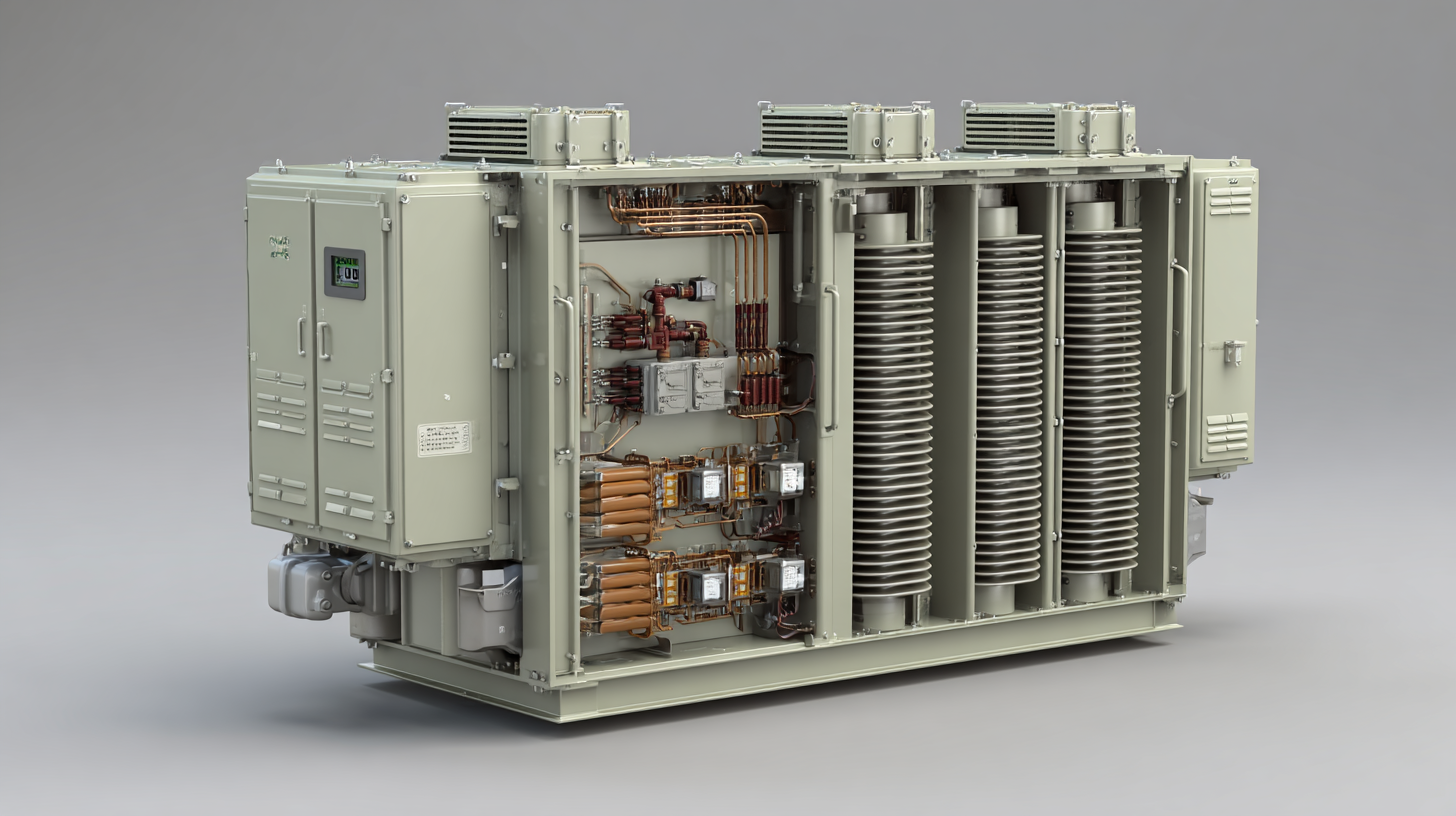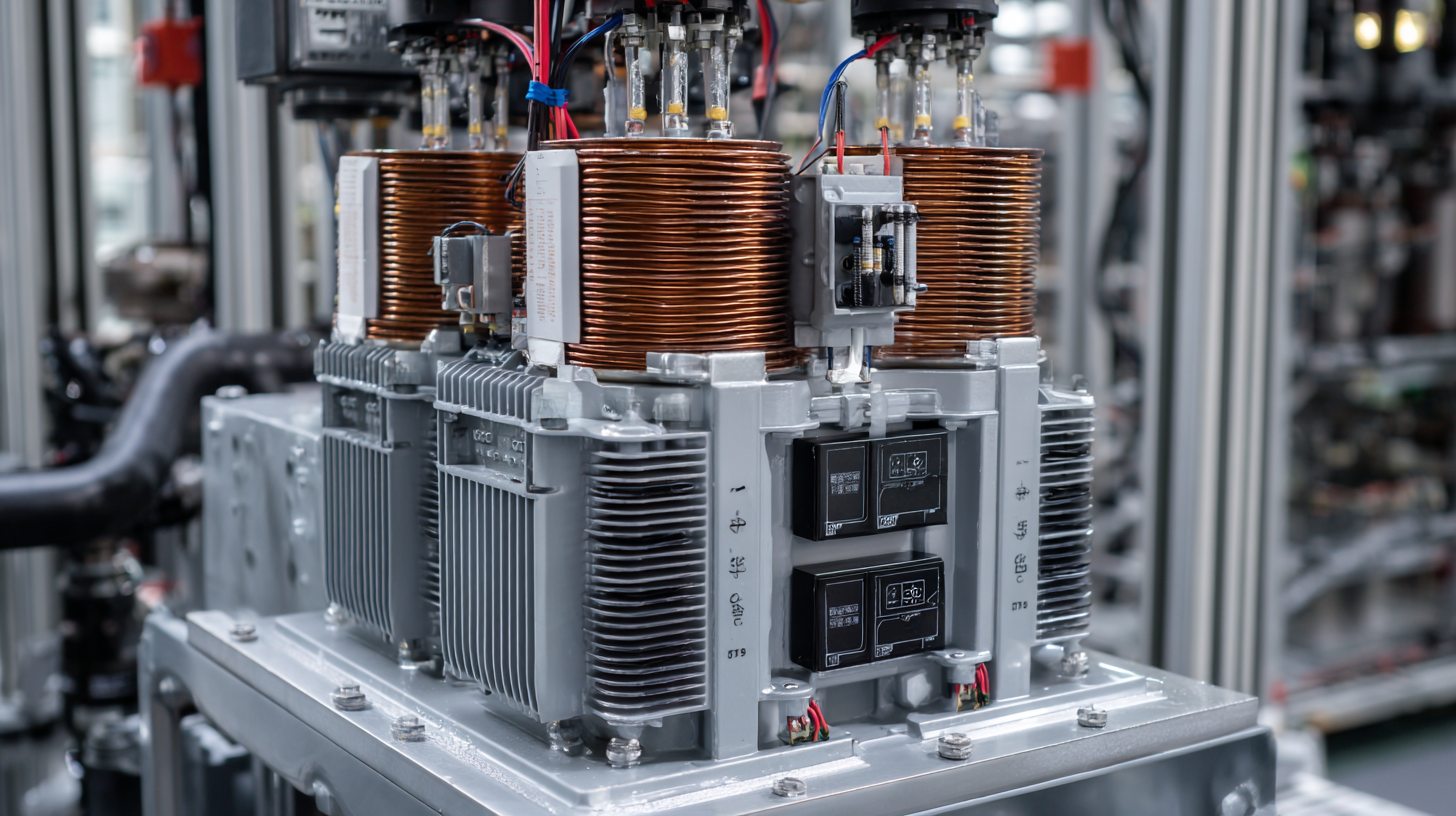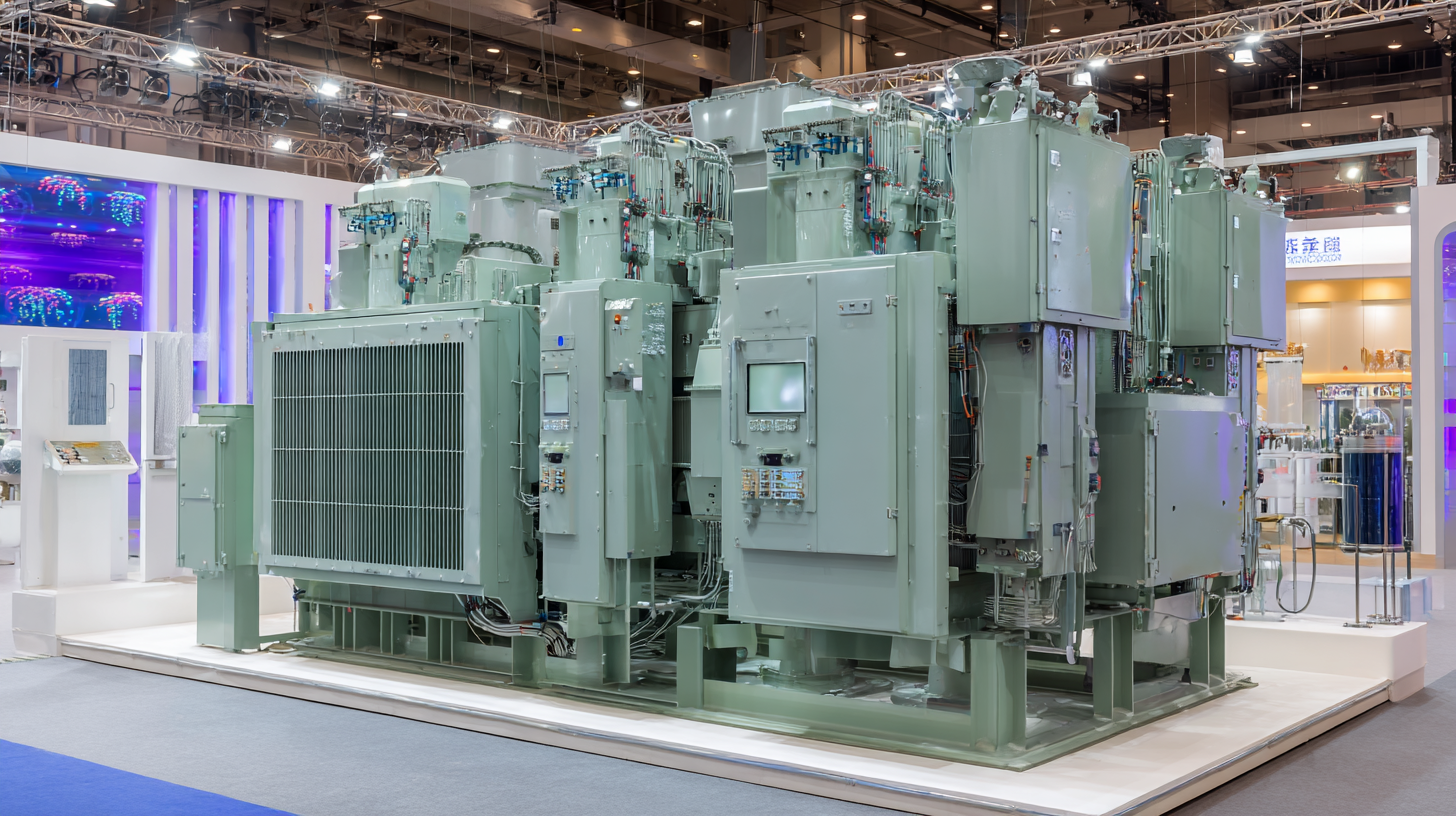

The global transformer market is poised for significant growth, with the demand for efficient energy solutions driving innovations in technology. Among these, the 30kVA dry transformer stands out as a reliable option due to its enhanced safety features and reduced environmental impact. According to a recent report by Technavio, the dry transformer market is expected to grow at a CAGR of 5% through 2025, highlighting an increasing shift towards energy-efficient solutions. With the rise of smart grids and renewable energy systems, the 30kVA dry transformer is becoming an essential component in modern electrical infrastructure.

The phrase "全球信赖的中国制造,品质始终如一" underscores the commitment to quality and dependability in the manufacturing of these transformers, positioning Chinese manufacturers as trustworthy sources for global markets. As we explore the future of the 30kVA dry transformer, it is crucial to consider both the innovations on the horizon and the alternative technologies that may influence this dynamic industry landscape.
The role of smart dry transformers in energy management is becoming increasingly prominent as we head towards 2025. With the rise of renewable energy sources and the push for sustainable practices, these transformers are being equipped with advanced technologies that enhance their efficiency and operational capabilities. According to the latest report by the International Energy Agency, smart transformers can reduce energy losses by up to 40%, making them a crucial component in modern energy infrastructures. As industries seek to improve their energy consumption strategies, the integration of IoT and AI within dry transformers can provide real-time data analysis and load monitoring, effectively optimizing performance.
**Tips:** When considering the upgrade to a smart dry transformer, assess the specific energy needs of your operation. Implementing predictive maintenance through advanced analytics can further extend the lifespan of transformers and prevent unexpected downtime. Additionally, evaluate the scalability of the smart technology in anticipation of future energy demands.
The emergence of electric vehicles and decentralized energy systems also ushers in new applications for 30kVA dry transformers. These devices can facilitate smart grid technologies, allowing for efficient energy distribution and load balancing. As reported by MarketsandMarkets, the smart transformer market is projected to reach $4.15 billion by 2025, highlighting the significant investment in developing smarter, more efficient energy solutions. By adapting to these innovations, businesses can play an active role in the transition to a more resilient energy future.
**Tips:** Stay updated with the latest trends in smart transformer technology to make informed decisions. Regular training for maintenance personnel on new operational technologies can optimize the performance and efficiency of these systems in the long run.
| Dimension | Current Trends | Future Innovations | Potential Alternatives |
|---|---|---|---|
| Efficiency | 95% - 98% | Smart monitoring systems | Renewable energy system integration |
| Weight | Compact design, ~600kg | Advanced lightweight materials | Hybrid transformer designs |
| Temperature Range | -25°C to +40°C | Improved thermal management | Transistor-based designs |
| Lifespan | 15 - 25 years | Predictive maintenance using AI | Rapid deployment plug-and-play units |
| Applications | Industrial, Commercial | Smart grid applications | Microgrid technologies |
As we look towards 2025, the market for 30kVA dry transformers is poised for significant growth driven by advancements in technology and increasing demand across various sectors. Industries such as renewable energy, data centers, and smart buildings are actively seeking efficient and reliable power solutions, which are key drivers for the adoption of these transformers. The growing emphasis on sustainability and energy efficiency is further pushing manufacturers to innovate and offer enhanced performance features that align with environmental standards.
Moreover, the competitive landscape of the transformer market is evolving, with emerging players and established companies investing in research and development. This has led to the introduction of new materials and designs that not only improve efficiency but also extend the lifespan of the transformers. Additionally, the shift towards digital solutions, including IoT-enabled transformers, provides real-time monitoring and predictive maintenance capabilities, thereby appealing to businesses looking to optimize their operations and reduce downtime. These market trends signal a promising future for 30kVA dry transformers as they become increasingly indispensable in meeting future energy demands.
The following bar chart illustrates the anticipated growth in the market for 30kVA dry transformers from 2023 to 2025, highlighting innovations and alternatives.
In the pursuit of sustainability, 30kVA dry transformers are poised to play a pivotal role in reducing environmental impact by 2025. These transformers, known for their efficiency and reduced emissions, utilize cutting-edge materials and technologies that minimize energy waste. As industries increasingly adopt green practices, the demand for these environmentally friendly transformers is expected to surge, fostering innovation in design and performance.
A recent example of the shift towards sustainable energy solutions includes the donation of a 30kVA solar power station to a key public institution. Such initiatives not only highlight the practical applications of dry transformers but also underscore the commitment to reducing reliance on fossil fuels. By harnessing solar energy, these transformers contribute to a cleaner energy grid and demonstrate how strategic investments in technology can yield significant benefits for both the environment and society. As we look to the future, the integration of 30kVA dry transformers will undoubtedly play a critical role in achieving sustainability goals across various sectors.
As we look towards 2025, the emphasis on cost efficiency in the deployment of 30kva dry transformers becomes increasingly significant. Dry transformers offer numerous long-term savings advantages compared to their oil-filled counterparts, such as reduced maintenance costs and enhanced safety features. These transformers are designed to function effectively in a variety of environments, significantly lowering the risk of environmental contamination. This makes them not only a sustainable choice but also an economically sound investment over time.

Tips for maximizing cost efficiency with dry transformers include regular thermal monitoring to anticipate and mitigate potential failures, ensuring the transformers operate at optimal levels. Additionally, investing in quality installation and maintenance can prevent costly repairs and downtime. It's also beneficial to consider the long-term energy savings associated with these units, as they often consume less energy and have lower operating costs throughout their lifespan.
Moreover, industries and municipalities should explore potential alternatives and innovations in transformer technology, such as advanced insulation materials and smart monitoring systems. These innovations can further enhance efficiency and reliability, leading to substantial savings that compound over the years. By embracing these technologies now, stakeholders can future-proof their operations and capitalize on the long-term financial benefits.
The development of 30kVA dry transformers has seen a notable shift towards innovative designs that emphasize energy efficiency and sustainability. A recent study indicates that the implementation of energy efficiency classes significantly enhances the performance of three-phase dry-type transformers. These efficiency classes not only help reduce energy consumption but also minimize operational costs over time. For instance, transformers classified under higher efficiency ratings can exhibit up to 10% greater efficiency, leading to substantial savings for industrial applications.
In contrasting traditional designs with their innovative counterparts, it becomes clear that newer models incorporate advanced materials and technology that boost performance. Traditional dry transformers often struggle with heat dissipation and noise levels, while modern designs focus on optimizing both. Innovations such as improved insulation materials and enhanced cooling systems are contributing to a more robust and reliable energy delivery system.
Tip: When considering an upgrade, evaluating the efficiency class of a transformer can greatly influence the long-term cost-effectiveness and energy savings of your operations. Additionally, staying informed about emerging technologies can help businesses remain competitive in the evolving energy landscape.
